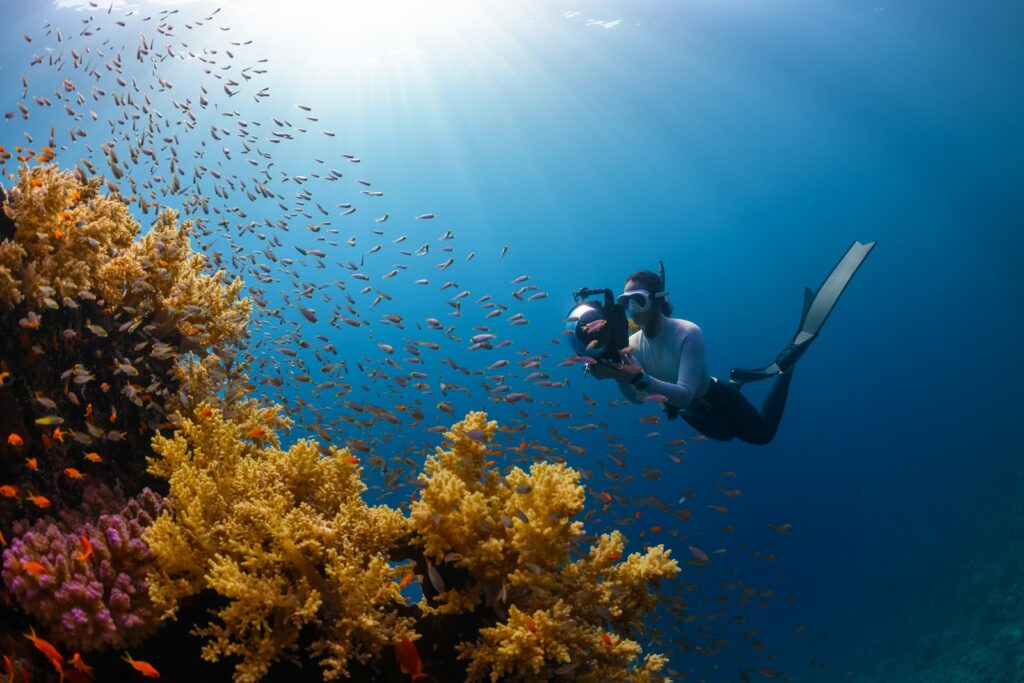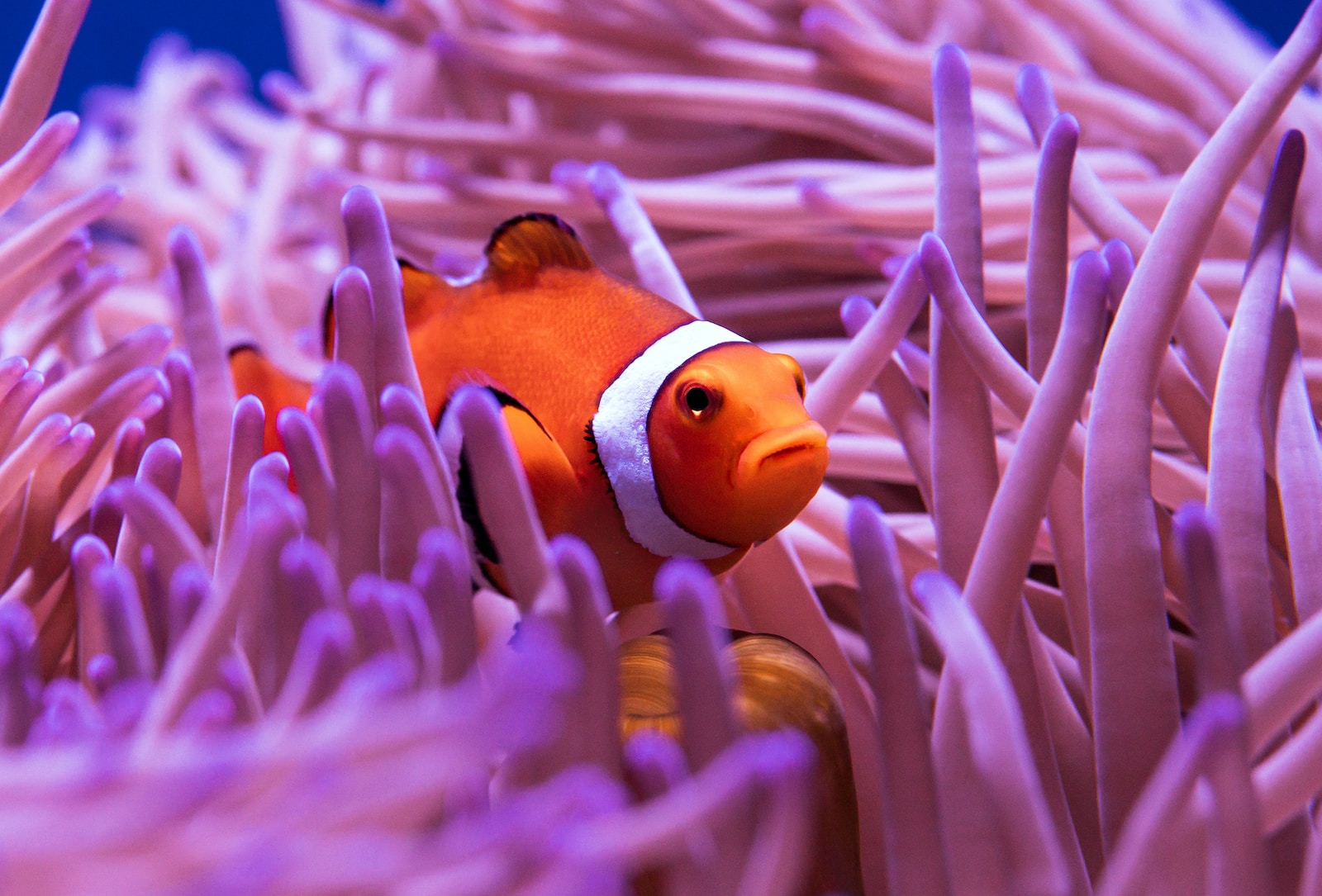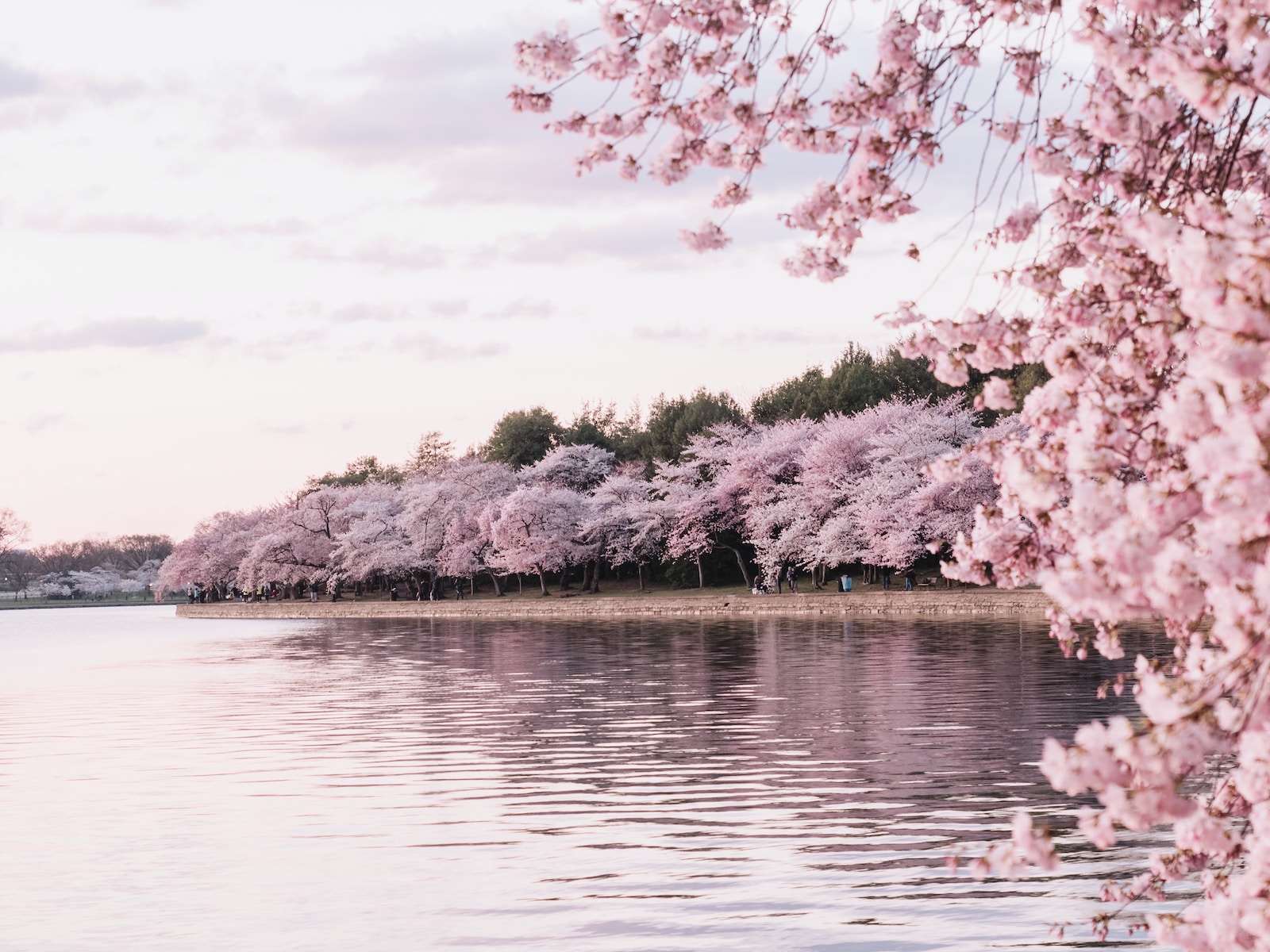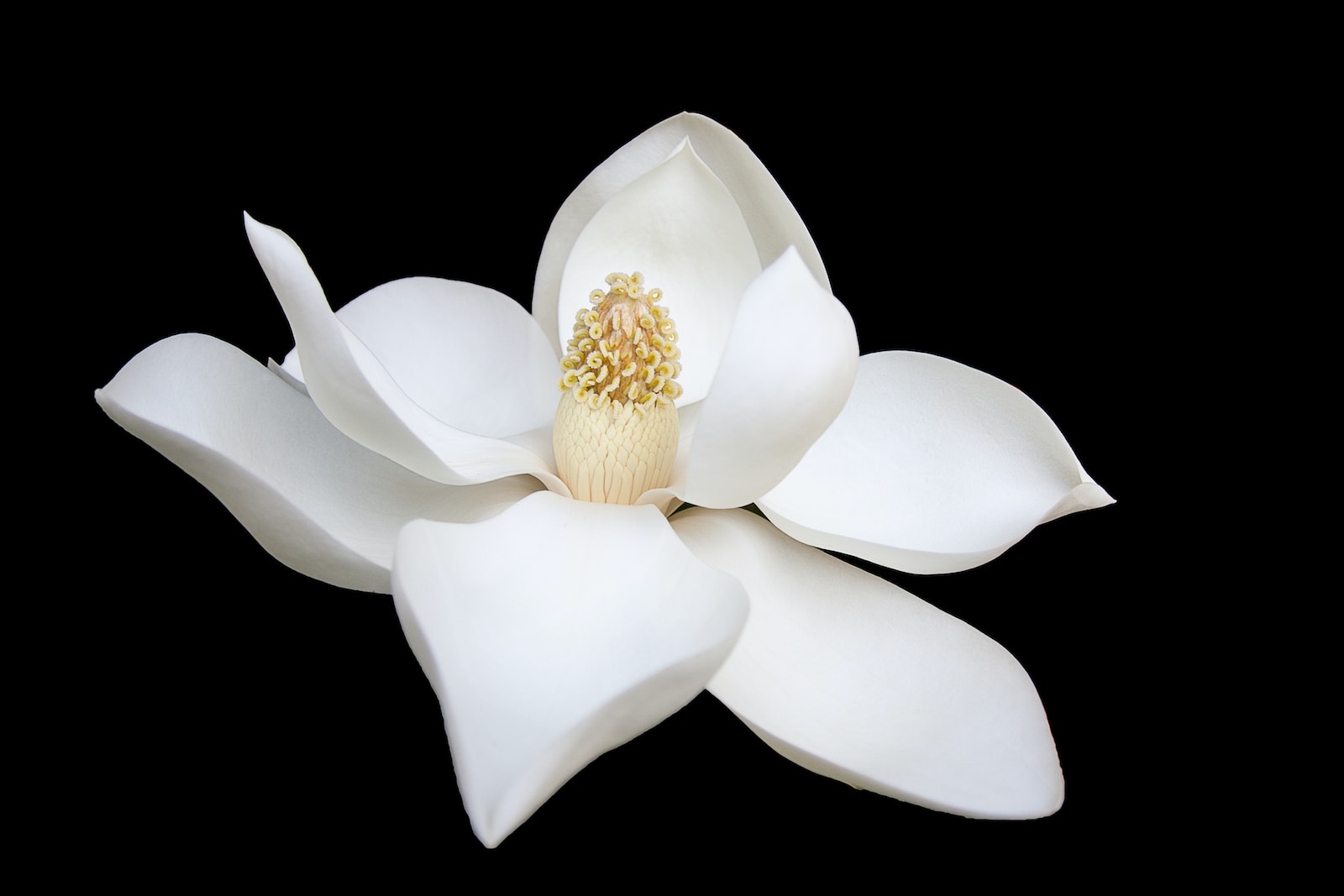Welcome to a breathtaking journey beneath the waves, where the vibrant and spellbinding world of sea coral awaits. Join us as we dive deep into the secrets of capturing stunning underwater photographs, revealing the hidden beauty of these awe-inspiring creations. From exploring the intricate details of coral formations to learning essential camera techniques, this blog is your gateway to unlocking the captivating realm of underwater photography. Prepare to be amazed and inspired by the wonders that lie beneath the sea.
Table of Contents
- Immerse Yourself in the Enchanting World of Sea Coral
- Camera Selection: Capturing the Colors and Details of Sea Coral
- Discover the Best Techniques for Capturing Stunning Sea Coral Photography
- Frequently Asked Questions
- 1. What camera equipment do I need for underwater coral photography?
- 2. What are the best camera settings for photographing sea corals?
- 3. How can I achieve vibrant colors in underwater coral photography?
- 4. What techniques can I use to get closer to the coral without disturbing it?
- 5. What is the best time of day for photographing sea corals?
- 6. How important is composition in sea coral photography?
- 7. Are there any post-processing techniques I can use to enhance my underwater coral photos?
- 8. What safety precautions should I take while photographing sea corals?
- Wrap Up
Immerse Yourself in the Enchanting World of Sea Coral
When it comes to underwater photography, few subjects can captivate the imagination and inspire awe quite like sea coral. With their vibrant colors, intricate patterns, and delicate structures, sea corals offer endless opportunities for stunning photography. In this article, we will uncover the secrets to capturing remarkable images of these mesmerizing underwater creatures.
The Allure of Sea Coral
Sea corals are not just simple organisms; they are living artworks. Their intricate structures, composed of reef-building polyps, create a mesmerizing tapestry of colors and textures. From the soft pastels of the brain coral to the vibrant hues of the fire coral, each species offers a unique visual feast.
Whether you’re exploring a coral reef or diving in a crystal-clear lagoon, sea corals provide a diverse palette of shapes and forms to capture through your lens. Don’t limit yourself to just wide-angle shots; get up close and personal to reveal the intricate details and textures that make each coral species truly extraordinary.
Photography Techniques for Stunning Sea Coral Images
- Lighting: When photographing sea corals, lighting plays a crucial role in bringing out their beauty. Natural light is scarce underwater, so consider using external strobes or underwater flash systems to illuminate the coral and make its colors pop. Experiment with different angles and intensities to achieve the desired effect.
- Composition: To create compelling images, consider the principles of composition. Use the rule of thirds to place the coral off-center, allowing negative space to draw attention to its vibrant colors. Experiment with different perspectives, such as shooting upwards towards the water’s surface or capturing the coral from a worm’s-eye view for a unique and dynamic composition.
- Focus and Depth of Field: Achieving sharp focus is essential in underwater photography. Use a small aperture (large f-number) to increase your depth of field and ensure both the foreground and background details of the coral are in focus. Experiment with different focal points and depths to create a sense of depth and dimension in your images.
- Patience and Persistence: Underwater photography requires patience and persistence. Take your time to observe the coral’s surroundings, the movement of the marine life, and the interplay of light. Anticipate the perfect moment to capture an image that tells a story and conveys the enchanting beauty of the sea coral.
Remember to respect the delicate ecosystem you are photographing. Be mindful of your buoyancy and avoid touching or damaging the coral. As photographers, we have the power to raise awareness and contribute to the preservation of these fragile underwater habitats.
In conclusion, sea corals offer an enchanting world for photographers to explore. By understanding the allure of sea coral and applying these photography techniques, you can capture stunning images that truly showcase the beauty and majesty of these remarkable underwater creatures. Dive in and uncover the secrets of sea coral photography today!
Did you know that there are over 800 known species of coral in the world's oceans? These stunning underwater structures form vibrant ecosystems, providing homes for countless marine creatures and offering a wealth of photographic opportunities.
Camera Selection: Capturing the Colors and Details of Sea Coral
When it comes to photographing the mesmerizing beauty of sea coral, having the right camera is essential. The camera should be able to capture the vibrant colors and intricate details that make these underwater wonders so captivating. Here are a few options to consider:
- DSLR Cameras: These versatile cameras provide excellent image quality and allow for manual control over settings. Their interchangeable lens system allows photographers to experiment with different focal lengths and macro lenses, ideal for capturing the detailed textures of sea coral.
- Mirrorless Cameras: These compact and lightweight cameras offer similar image quality as DSLRs. They are great for underwater photography as they can be fitted with dedicated underwater housings, making them more portable and manageable underwater.
- Compact Cameras: For those looking for a more budget-friendly option, compact cameras can still produce fantastic results. Many models now offer advanced features such as underwater modes, built-in macro capability, and good image stabilization.
Lens Selection: Zoom In or Go Macro for Exceptional Sea Coral Shots
After choosing a suitable camera, selecting the right lens is crucial for capturing stunning sea coral photography. Here are a few lens options to consider:
- Wide-Angle Lens: A wide-angle lens allows you to capture the entire scene, showcasing the beauty and diversity of sea coral habitats. It is perfect for capturing breathtaking reef vistas and encompassing the surroundings in your photos.
- Macro Lens: Ideal for focusing on the intricate details of sea coral, a macro lens enables you to capture the fine textures and vibrant colors up close. It allows you to explore the tiny details that make each coral species unique.
- Zoom Lens: A zoom lens offers versatility, allowing you to adjust the focal length and zoom in on specific coral formations or underwater creatures. It is handy for capturing both wide-angle shots of coral reefs and close-up shots of individual corals.
Remember, the choice of camera and lens combinations depends on your photography goals, budget, and diving proficiency.
With the right camera and lens, you’ll be well-equipped to capture the vibrant colors, textures, and minute details of sea corals, bringing the underwater world to life through your photographs.

Discover the Best Techniques for Capturing Stunning Sea Coral Photography
Exploring the breathtaking world beneath the surface, underwater photography allows us to capture the vibrant beauty of sea coral in its natural habitat. With the right techniques, you can bring these mesmerizing scenes to life and create stunning imagery that will leave a lasting impression. In this blog post, we will uncover the secrets of photographing the captivating world of corals underwater.
The Best Time of Year for Sea Coral Photography
When it comes to photographing sea coral, timing is crucial. The ideal time of year can vary depending on the location and environmental factors. Generally, the best time is during the warm seasons when the water temperature is more favorable for coral growth and marine life activity is at its peak.
For example, in tropical regions like the Great Barrier Reef in Australia, the months from November to May offer optimal conditions with clear visibility and calm waters. This period corresponds to the northern hemisphere’s winter months, making it an excellent escape for photographers seeking to capture underwater wonders during colder months.
However, it’s essential to research and keep an eye on local weather patterns, as some areas may experience seasonal variations, such as increased rainfall or storm activity, which can impact visibility and photographic opportunities.
Finding the Perfect Vantage Points and Positions
To capture breathtaking sea coral photography, it’s crucial to carefully select your vantage points and positions underwater. Here are a few options that photographers can explore:
- Wide-angle shots: Position yourself above the coral formations and capture the expansive beauty of the underwater landscape. This perspective allows you to include more elements in your frame, showcasing the intricate details and vibrant colors of the corals while creating a sense of depth.
- Macro photography: Get up close and personal with individual coral polyps to reveal their intricate patterns and textures. Utilize a macro lens to capture the tiny details that often go unnoticed, such as the delicate structures and tiny organisms thriving within the coral ecosystem.
- Over-under shots: Experiment with split-level photography to capture the magical transition between the underwater world and the surface. These shots can be achieved by partially submerging your camera, creating a unique composition that showcases both the stunning coral formations and the world above.
- Silhouette shots: Take advantage of the natural light filtering through the water and capture captivating silhouettes of coral formations against the vibrant hues of the sky. This technique adds drama and mystique to your images.
Remember, flexibility and creativity are key in underwater photography. Experiment with different angles, perspectives, and compositions to truly capture the essence of sea coral and its mesmerizing beauty.
Now that you have a better understanding of the best time to photograph sea coral and the various vantage points and positions to explore, you can dive into the underwater realm equipped with the knowledge to capture stunning imagery. Uncover the secrets of this mesmerizing world and let your camera tell the story of the hidden wonders beneath the sea.
Use a macro lens to capture the intricate details of sea coral. This lens will allow you to get up close and personal with the coral, showcasing its unique textures and patterns. To enhance the colors and reduce distortion, adjust your white balance and shoot in RAW format.
Frequently Asked Questions
1. What camera equipment do I need for underwater coral photography?
To capture stunning underwater images of sea corals, you’ll need a DSLR or mirrorless camera with manual controls, a wide-angle lens, a waterproof housing, and underwater strobes for better lighting.
2. What are the best camera settings for photographing sea corals?
Set your camera to manual mode and use a fast shutter speed (1/200 or higher) to freeze the motion of the corals. Set a wide aperture (f/8 or wider) for a shallow depth of field, and adjust the ISO to achieve the correct exposure.
3. How can I achieve vibrant colors in underwater coral photography?
Using white balance presets or manually adjusting the white balance settings on your camera is crucial to bring out the vivid colors of sea corals. Make sure to shoot in RAW format to have more flexibility for post-processing.
4. What techniques can I use to get closer to the coral without disturbing it?
Practice buoyancy control and good finning techniques to avoid accidentally touching or damaging the corals. Use a longer focal length lens or try macro photography to capture intricate details without getting too close.
5. What is the best time of day for photographing sea corals?
Generally, early mornings or late afternoons provide the best natural lighting conditions for underwater photography. Avoid shooting during midday when the sunlight is harsh and can create unflattering shadows.
6. How important is composition in sea coral photography?
Composition plays a crucial role in creating visually appealing images of sea corals. Consider using the rule of thirds, leading lines, and diagonal elements to add depth and interest to your photographs.
7. Are there any post-processing techniques I can use to enhance my underwater coral photos?
Absolutely! Post-processing can help enhance colors, remove distractions, and bring out the fine details in your underwater coral photos. Experiment with software like Adobe Lightroom or Photoshop to fine-tune your images.
8. What safety precautions should I take while photographing sea corals?
Always prioritize safety when diving and photographing underwater. Ensure you are properly trained and certified in scuba diving. Be aware of your surroundings, dive within your limits, and follow all diving protocols to minimize risks.
Wrap Up
Now that you’ve learned the techniques for capturing stunning sea coral photography, it’s time to dive in and explore the mesmerizing beauty lurking beneath the waves. Armed with your camera and newfound knowledge, you can bring the vibrancy and majesty of the underwater world to life. Whether you’re a beginner or an experienced photographer, these tips will help you take your sea coral photography to the next level.
Remember to experiment with different angles, lighting, and camera settings to create unique and captivating images. Capture the intricate details of the corals, the vibrant colors, and the diverse marine life that surrounds them.
Don’t forget to share your best underwater coral photographs with the world. Engage with fellow photographers and enthusiasts by leaving a comment below. We would love to hear about your experiences and see the breathtaking images you capture.
So, grab your camera, dive into the depths, and let your creativity flow. Happy underwater photography!


